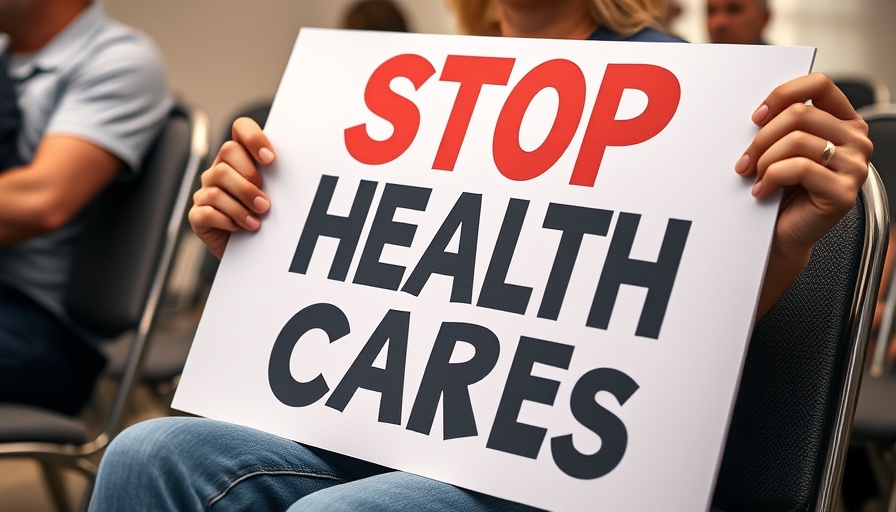
The Lifesaving Impact of Vaccinations
Childhood vaccinations have been a cornerstone in global health, credited with saving an astounding 154 million lives in the past five decades. Initiated by the World Health Organization’s Essential Programme on Immunization, this global health strategy has successfully immunized over 4.4 billion children against deadly diseases such as measles, polio, and diphtheria. This staggering achievement underscores the profound impact of vaccinations in reducing childhood mortality rates.
Recent Challenges in Vaccination Trends
Despite these monumental successes, a troubling trend has emerged over the last decade. Research published in The Lancet highlights a significant slowdown in vaccination rates worldwide. Data from 204 countries shows that in over 100 of them, the vaccination rates for measles have declined since 2010. Alarmingly, Argentina noted a 12% drop in children receiving their first dose of the measles vaccine. Meanwhile, high-income countries have faced similar setbacks, with 21 out of 36 reporting a decline in vaccination for at least one of the diseases targeted by WHO’s original vaccination initiative.
Data Insights: Understanding the Metrics
Dr. Jonathan Mosser, a co-author of the study and an expert in health metrics, emphasizes the depth of the insights gathered through meticulous data curation from over 1,000 sources, including national immunization reports and household surveys. This comprehensive analysis reveals not only the successes but also the vulnerabilities within vaccination distribution and uptake.
The Voids of Vaccine Misinformation
One of the significant barriers to consistent vaccination rates is the pervasive misinformation surrounding vaccines. In an age where digital information flows freely, false narratives can rapidly take root within communities, undermining public trust in vaccination campaigns. The rise of social media has amplified these messages, creating a critical challenge for health leaders who strive to combat misconceptions and reassure parents of vaccine safety and efficacy.
The Role of Conflict and Supply Chain Dynamics
Global crises, such as armed conflicts and humanitarian emergencies, further complicate vaccine distribution. Mosser points out that these disruptions not only hinder access to vaccines but also strain the already limited resources available for immunization programs. Countries embroiled in chaos often see plummeted vaccination rates, leaving children vulnerable to preventable diseases.
Funding Fluctuations: The Financial Landscape
The financial backbone of vaccination initiatives is under pressure as funding sources fluctuate. Global philanthropic efforts—the backbone of many immunization programs—are often contingent upon political climates and donor priorities. A shift in funding can mean the difference between life-saving immunizations reaching children or remaining in storage due to insufficient distribution channels.
Encouraging Progress Amidst Adversity
While the recent statistics paint a concerning picture, there are also highlights that illuminate progress. Countries like India show promising advancements in increased vaccination access and community outreach. These efforts underscore the importance of targeted initiatives that engage with families to promote the life-saving value of vaccinations, reinforcing confidence amidst doubts.
Call to Action: A Collective Responsibility
As stakeholders in public health and business leaders, it is imperative that we collectively advocate for robust vaccination initiatives. Engaging with communities, dispelling myths, and promoting accurate information can help reverse these declines in vaccination rates. We must champion health equity by supporting efforts that bring vaccines to underserved populations, ensuring that every child has the opportunity to live a healthy life.
 Add Row
Add Row  Add
Add 




Write A Comment